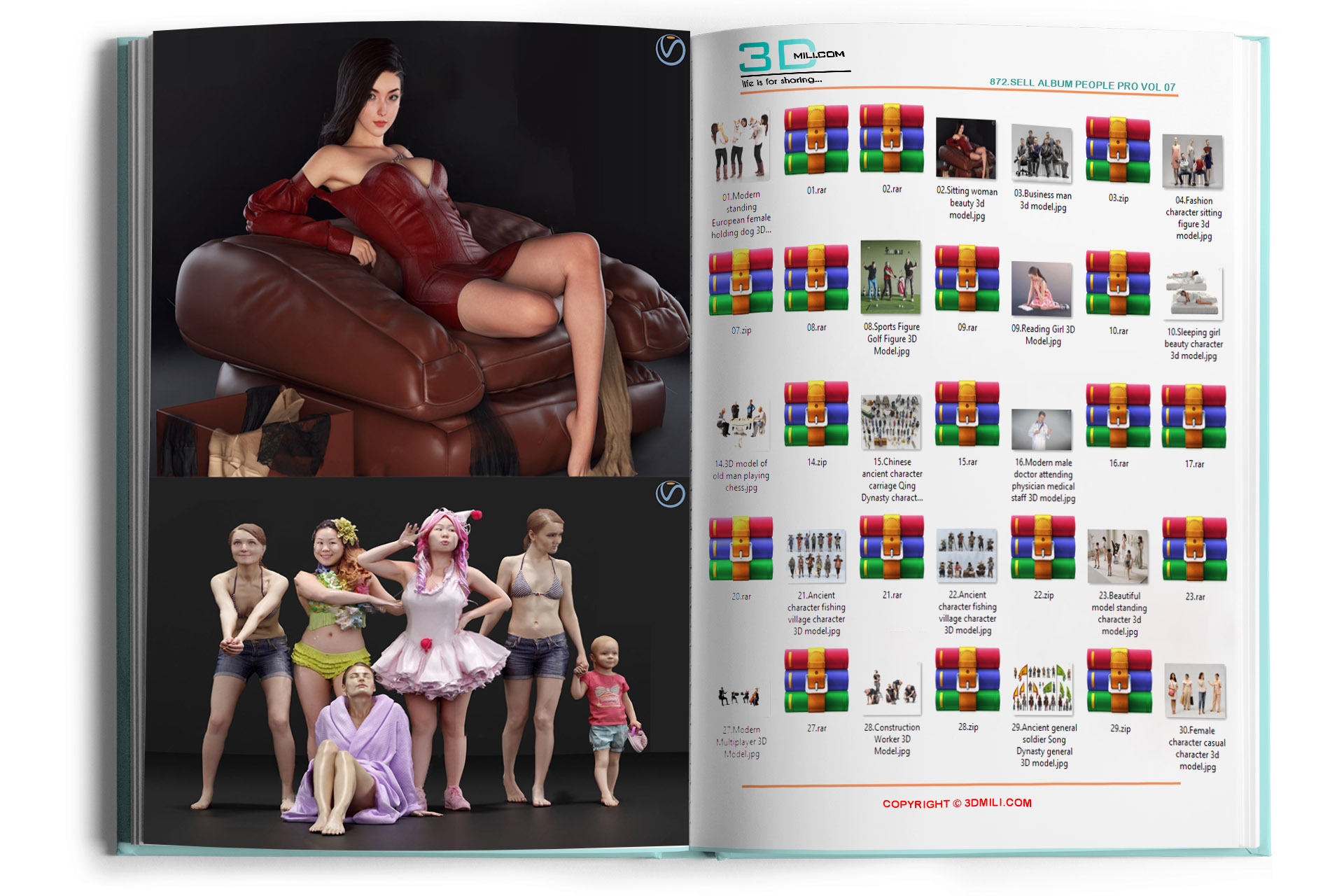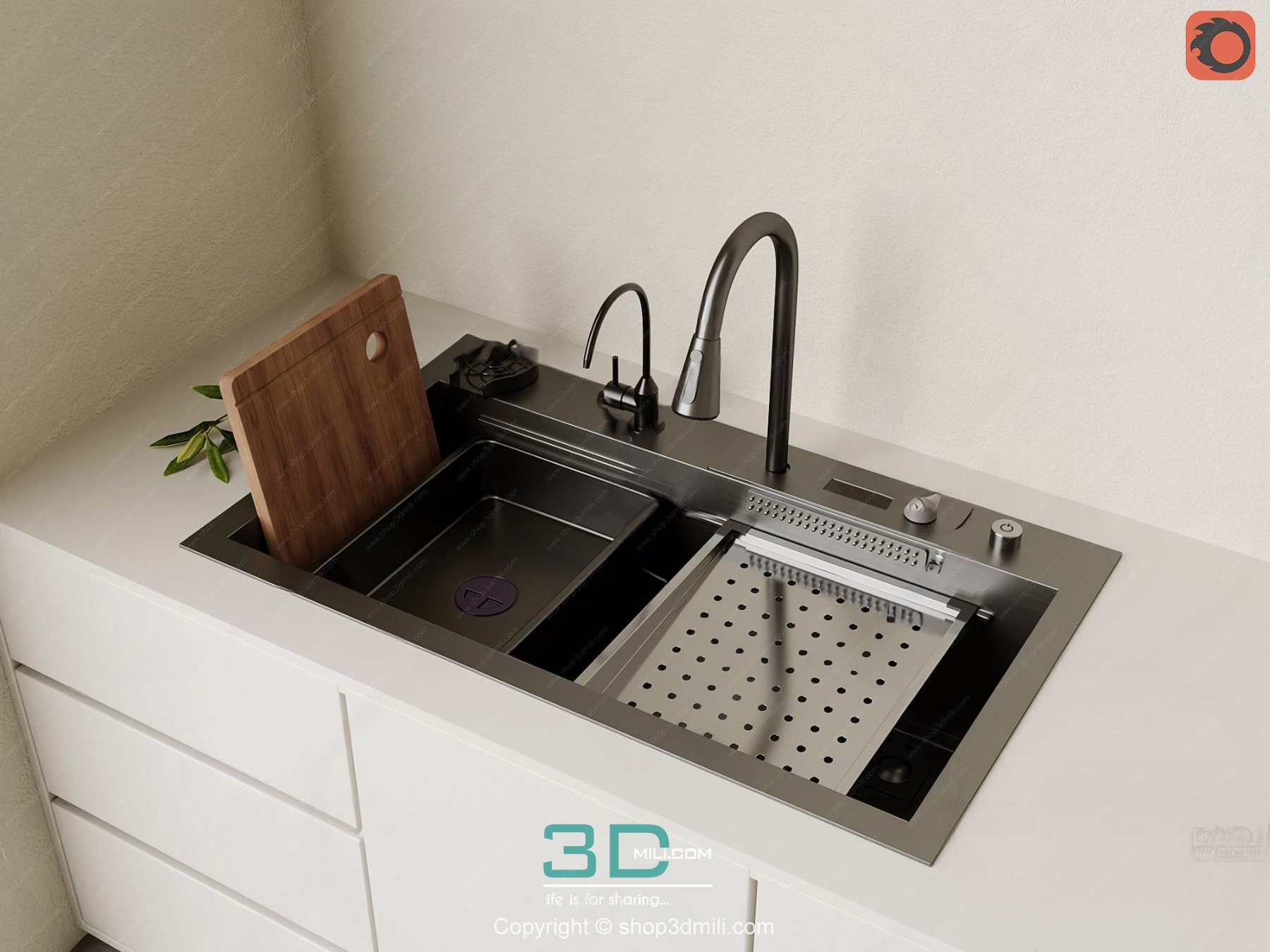## Flying Kongming Lanterns at Night: A 3DMax Design Exploration
This document details the design process and considerations behind creating a realistic and evocative 3D model of *flying Kongming lanterns* at night using *3DMax*. We will explore various aspects, from initial concept and modeling to texturing, lighting, and final rendering, highlighting key challenges and solutions encountered along the way.
Part 1: Conceptualization and Reference Gathering
The first crucial step in any 3D project is establishing a strong *conceptual foundation*. Before diving into the *3DMax software*, a thorough understanding of the subject matter is paramount. This involved extensive research into the aesthetics and physics of *Kongming lanterns*, also known as *Chinese sky lanterns*. This went beyond simple image searches, encompassing video footage to study their movement and the subtle interplay of light and shadow as they ascend into the night sky.
Key elements considered during this stage included:
* Lantern Structure: The *structural integrity* of the lantern itself – the bamboo frame, the paper covering, and the fuel source (usually a small candle or fuel cell) needed accurate representation. We focused on realistic proportions and the delicate nature of the paper, considering its translucency and how it interacts with the internal light source. Numerous high-resolution *reference images* were gathered, showcasing different lantern sizes and designs.
* Lighting Effects: The *ambient lighting* of the night sky played a significant role. We studied the variations in darkness, the presence of moonlight, and the potential for star visibility. Furthermore, the *glow emanating from the lantern* itself required careful attention, considering its intensity, color temperature, and the way it interacts with the surrounding air and the paper itself. We explored different *lighting techniques* to achieve a believable effect, moving beyond simple emission shaders.
* Atmospheric Effects: The *atmosphere* significantly impacts the overall mood. Factors like fog, mist, or haze, even subtle atmospheric perspective, profoundly affect how the lanterns appear in the distance. Research included studying night photography showcasing atmospheric effects and how they alter the appearance of distant light sources. We decided to account for these variables in our scene.
* Movement and Dynamics: The *gentle ascent* of the lanterns was a critical factor to consider, demanding research into fluid dynamics and the subtle changes in the lantern's position and orientation as it rises. We anticipated the use of *particle systems* or animation techniques in 3DMax to simulate this movement realistically, avoiding unrealistic, jarring motions.
Part 2: Modeling in 3DMax
With a clear vision in mind, we began the *3D modeling* process in 3DMax. The workflow involved creating individual components of the lantern, assembling them, and then generating multiple instances for a visually striking scene.
Key aspects of the modeling phase:
* Accurate Geometry: High-polygon modeling was employed for the *lantern structure*, ensuring fine detail in the bamboo frame. This level of detail was crucial for creating realistic creases and imperfections in the bamboo, adding to the visual authenticity. Low-poly modeling would have lacked the realism necessary.
* Paper Texture Creation: The paper covering was carefully modeled to reflect the *translucency and fragility* of the material. We avoided overly simplistic planar modeling, instead creating slight undulations and wrinkles to simulate a real-world paper texture.
* Flame Simulation: The *flame inside the lantern* posed a significant modeling challenge. We investigated different approaches, including using particle systems to simulate the flickering movement of the flame and its subtle heat distortions in the surrounding air. We also explored volumetric lighting techniques to enhance the realism of the flame's glow.
* Efficient Workflow: To maintain an efficient workflow, we used several *modeling techniques* such as mirroring, array, and instancing. This enabled the rapid creation of multiple lanterns without compromising detail, ensuring many lanterns could be rendered for a more impactful image.
Part 3: Texturing and Materials
Achieving photorealism required carefully crafted *textures and materials*. These aspects were vital in rendering the lanterns believable and contributing to the overall atmosphere.
* Procedural Textures: For the *bamboo texture*, we experimented with *procedural textures* to create the natural grain and variations in color. This approach allowed for fine-tuning and adjustments without manual painting, increasing efficiency and offering more control over subtle nuances.
* Paper Material: For the paper, we used *physically based rendering (PBR) materials*, incorporating properties like roughness, reflectivity, and translucency to achieve a realistic appearance. Transparency maps were crucial in allowing the internal light to shine through effectively.
* Ground Textures: The *ground textures* played a supporting but essential role. We created detailed ground textures, including grass, dirt, or other suitable environments, ensuring visual continuity and realism. We avoided overly clean textures, opting for natural imperfections and variations to enhance the scene's depth.
Part 4: Lighting and Atmosphere
*Lighting* is a crucial element in establishing the mood and realism of the scene. Our aim was to simulate a believable nighttime setting, emphasizing the contrast between the lanterns' soft glow and the surrounding darkness.
* Ambient Lighting: We used a combination of *ambient lighting* and *sky lighting* to simulate the natural ambient light of the night sky. We considered the intensity and color temperature of the moonlight and the presence of stars, subtle yet significant contributors to the scene's overall believability.
* Volumetric Lighting: *Volumetric lighting* was incorporated to simulate the scattering of light particles in the atmosphere, creating a more immersive and atmospheric feeling, especially noticeable around the lanterns themselves. This added depth and a sense of distance to the scene.
* Light Spill and Glow: We paid particular attention to the *light spill* from the lanterns, making sure it interacted realistically with the surrounding environment. The soft glow around the lanterns was carefully crafted, contributing significantly to the overall visual effect.
Part 5: Rendering and Post-Processing
Finally, the meticulously crafted model and scene were rendered to create the final image. *Rendering* is the process of creating a 2D image from the 3D scene.
* Render Engine Selection: We chose a *render engine* (such as Arnold or V-Ray) capable of handling complex lighting and atmospheric effects. This choice was based on our experience and the specific requirements of the project.
* Render Settings: Careful attention was paid to the *render settings*, optimizing the balance between render time and image quality. This involved adjusting parameters such as sampling, anti-aliasing, and global illumination settings.
* Post-Processing: *Post-processing* was done to enhance the final image's visual appeal and correct any minor imperfections. Techniques such as color grading, sharpening, and noise reduction were employed to achieve the desired aesthetic.
Conclusion:
Creating a realistic 3D model of *flying Kongming lanterns* at night in *3DMax* is a complex but rewarding process. This project demands a detailed understanding of *modeling, texturing, lighting, and rendering techniques*, all while maintaining a keen eye for the aesthetic qualities of the subject matter. The meticulous attention to detail, from the subtle imperfections in the bamboo to the atmospheric effects, is crucial to achieving a truly captivating final image, showcasing the artistry and precision possible in digital art. This detailed walkthrough demonstrates the multifaceted journey involved in bringing a concept to life within the confines of a 3D modeling software.



















































